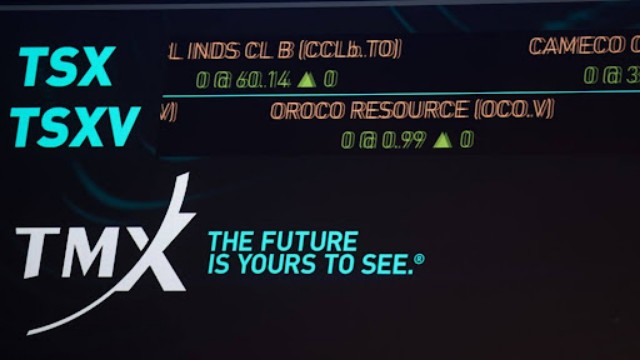
Tesla warns of slower sales growth in 2024, with a Q4 margin dip due to price cuts. Analysts concerned as competition and demand challenges intensify. (Shutterstock)
In a cautious update on Wednesday, Tesla revealed a projection of "notably lower" vehicle sales growth for the current year and reported a dip in fourth-quarter gross margin. This decline was attributed to the company's strategic reduction in vehicle prices and implementation of incentives to stimulate demand.
Tesla positioned itself between two growth phases: the first propelled by the Models 3 and Y releases in 2017 and 2020, and the impending second wave linked to the next-generation vehicle platform. The company disclosed plans for the launch of a new mass-market electric vehicle, codenamed "Redwood," anticipated to begin production in mid-2025, likely focusing on a compact crossover, according to Reuters.
Acknowledging a potential slowdown, Tesla stated, "In 2024, our vehicle volume growth rate may be notably lower than the growth rate achieved in 2023, as our teams work on the launch of the next-generation vehicle at Gigafactory Texas."
Wall Street analysts, relying on Visible Alpha, foresee Tesla selling 2.2 million vehicles in the current year, reflecting a 21% increase from 2023 but falling short of CEO Elon Musk's earlier long-term target of 50%. Notably, Tesla did not reaffirm this target in its recent communication.
Consequently, Tesla's shares, based in Austin, Texas, experienced a 4.3% decline in after-hours trading. This downturn follows years of remarkable growth for Tesla, now facing the challenge of decelerating growth and margins amidst a softening electric vehicle (EV) demand and intensified competition from rivals like BYD, boasting more affordable and diversified model lineups.
Gary Bradshaw, a portfolio manager at Hodges Capital Management, speculated on Tesla's response to lower volume, suggesting that price reductions and a focus on market share might be on the horizon, potentially impacting margins.
In 2023, Tesla's average revenue per vehicle delivered witnessed a 16% decrease to $45,585. The fourth quarter of the same year saw a more significant drop of over $6,800 compared to the previous year, attributed to price reductions in China, Europe, and the United States.
Tesla reported a fourth-quarter gross margin of 17.6%, down from 23.8% a year earlier and below analysts' average estimate of 18.3%. The automotive gross margin, excluding regulatory credits, dropped to 17.2% from 24.3% a year prior, indicating challenges in maintaining profitability.
Greg Silverman, Global Director of Brand Economics at Interbrand, remarked, "Today’s flat sales and substantially reduced margin results are further evidence that Tesla is losing its leadership advantage and its brand leadership has weakened."
The trend of price reductions initiated by Tesla throughout the previous year triggered a price war affecting U.S. rivals, including Ford. Despite doubling in valuation in 2023, Tesla's stock has experienced a 16% decline in the current year, and it hasn't participated in the broader tech share rally driven by hopes of interest rate cuts.
Jesse Cohen, a senior analyst at Investing.com, expressed concerns about Tesla's future pricing strategy, suggesting that ongoing price cuts might be indicative of persistently weak demand for electric vehicles.
Tesla's net income more than doubled to $7.9 billion, attributed in part to a $5.9 billion noncash gain related to deferred tax assets. Lower raw material costs and U.S. government credits were cited as factors lowering cost-per-vehicle, but increased costs were associated with Cybertruck production and various research projects.
On an adjusted basis, Tesla fell short of analysts' expectations, earning 71 cents per share in the fourth quarter compared to an average estimate of 74 cents, according to LSEG data.
In summary, Tesla faces challenges in sustaining its previous growth rates, with lower projected sales growth, intensified competition, and a dynamic pricing strategy influencing margins and market dynamics.















